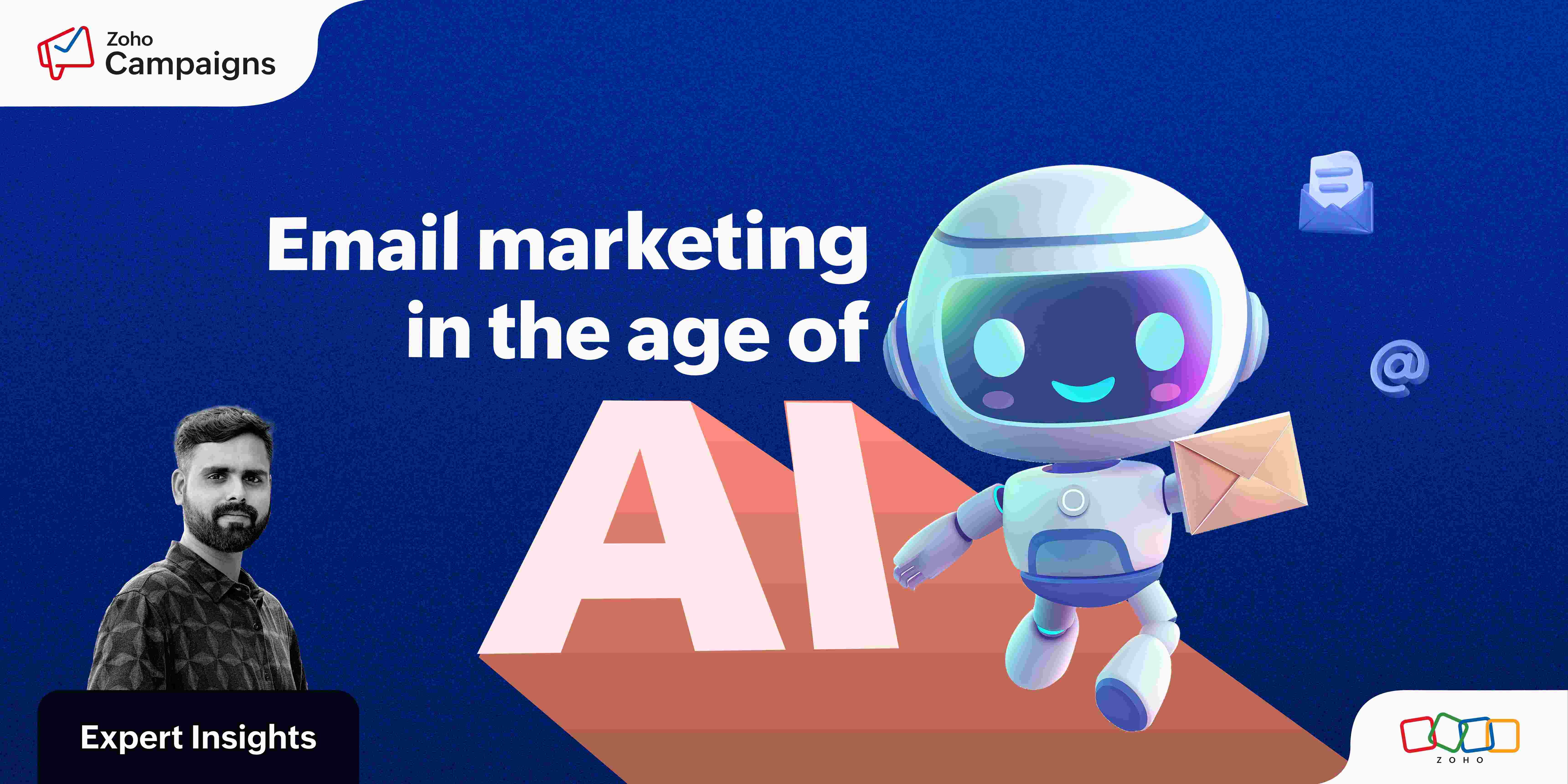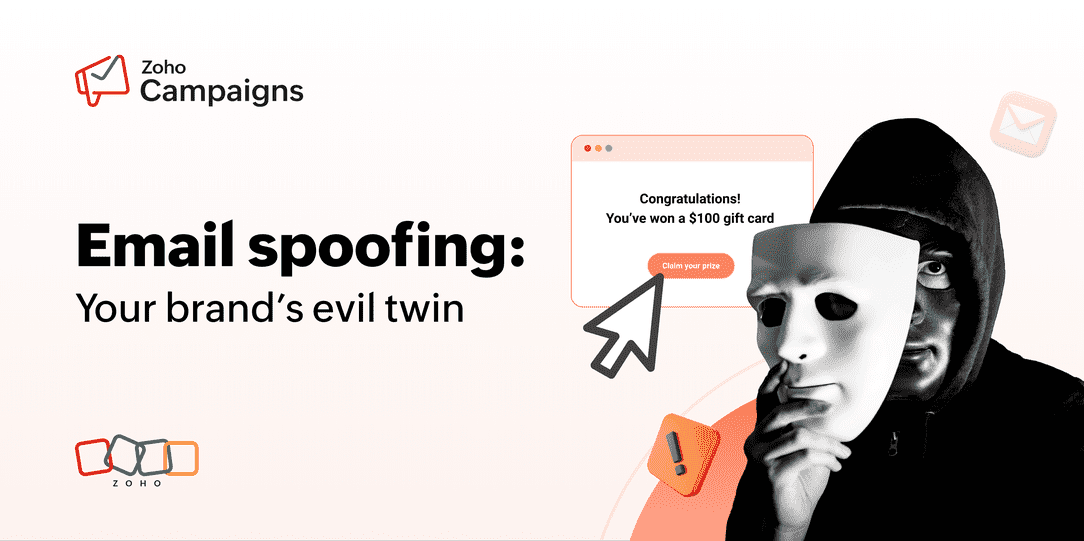- HOME
- Email Marketing
- Google and Yahoo's 2024 email authentication requirements: A new era of security
Google and Yahoo's 2024 email authentication requirements: A new era of security
- Last Updated : January 17, 2024
- 12.6K Views
- 3 Min Read

Email authentication is a critical aspect of modern email communication, aimed at reducing email fraud, spam, and phishing attacks. Starting in February 2024, Gmail and Yahoo are rolling out stringent email authentication requirements to combat malicious messages, reduce inbox clutter, and data security is a non-negotiable requirement.
Let's break down the key points you need to know to ensure your emails aren't negatively affected by the latest stipulations.
Basic requirements for all senders
Email authentication
Implement SPF (Sender Policy Framework) and DKIM (DomainKeys Identified Mail) protocols to prevent domain spoofing, a tactic often exploited by cybercriminals.
SPF is a framework that allows email administrators to specify which mail servers are authorized to send emails on behalf of a particular domain. DKIM adds a digital signature to an email message, ensuring that it has not been tampered with during transit.
Both SPF and DKIM help make sure emails are genuine and haven't been tampered with, which is important for email security and trust.
Low spam rates
Google wants the senders to maintain a spam rate below 0.3% (as measured by Google's postmaster tools) to ensure that your emails don't get flagged as unwanted or fraudulent. While Yahoo hasn't explicitly quoted a number, 0.3% is a safe bet to avoid getting flagged.
READ - Staying out of trouble in 2024: A look at email marketing laws and compliance
You can ensure low spam rates by following basic steps like enabling double opt-in, verifying email lists, and cleaning up old/inactive email addresses, among others.
At Zoho Campaigns, we already have a spam threshold of 0.1%, which adheres to the new guidelines Google and Yahoo are establishing.
Additional requirements for high-volume senders (> 5,000 messages/day)
SPF and DKIM authentication
Companies sending emails to Gmail or Yahoo users must have SPF and DKIM authentication methods in place.
DMARC policy
Implement DMARC (Domain-based Message Authentication, Reporting, and Conformance) to provide domain-level protection against email spoofing techniques used in phishing and other attacks. DMARC builds upon SPF and DKIM and allows businesses to publish policies that provide instructions to mailbox provders' recipient servers on how to handle unauthenticated emails sent from their domain.
DMARC alignment
Ensure that messages pass DMARC alignment, which checks whether the sending domain's authentication methods (SPF and DKIM) align with the domains used in the email headers.
SPF, DKIM, and DMARC are already mandatory in order to send email campaigns in Zoho Campaigns.
One-click unsubscribe
Include list-unsubscribe message headers and a clearly visible unsubscribe link in the message body for subscribed messages. Unsubscribe requests must be processed within two days.
Zoho Campaigns already follows this practice to ensure complete adherence to the CAN-SPAM Act, which makes it mandatory for marketers to clearly display an unsubscribe button in every promotional email.
We add an unsubscribe link to your email footer. Contacts who aren't interested can safely unsubscribe just by clicking the link and Zoho Campaigns will make sure the address is immediately removed from the mailing list.
ARC headers
If you regularly forward emails, add ARC headers to outgoing emails. ARC headers indicate that the message was forwarded and identify you as the forwarder.
What happens if you miss the deadline?
If your company fails to implement email authentication measures, especially for high-volume senders, the consequences are severe. Emails may not be delivered to Gmail and Yahoo accounts, impacting your ability to communicate effectively with your customers. It could significantly affect your business operations and customer engagement.



